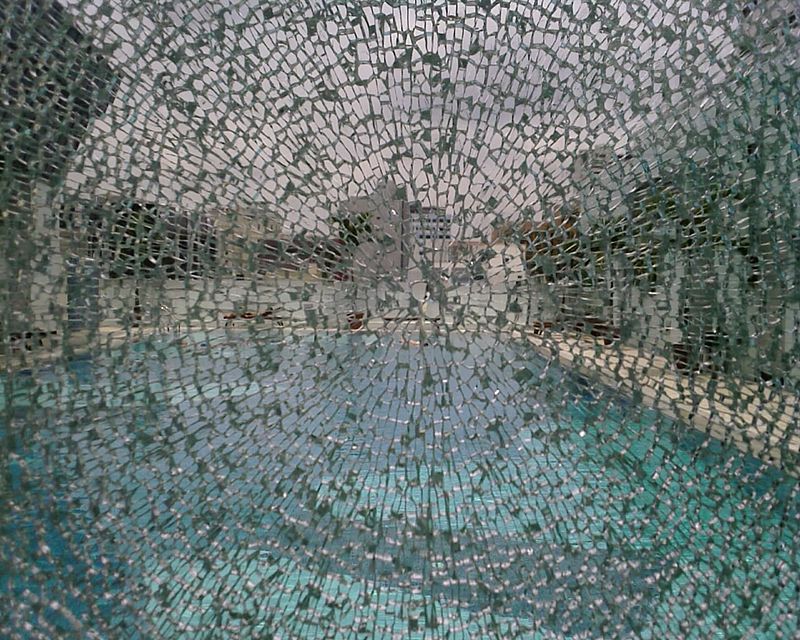
I have been struggling with 9/11 for a great many years.
While I lost a cousin, we were not close. I stand in support of my family who were devastated, and who I love, and with my country who was attacked, and who I love. I’m glad we went after OBL and the Taliban in response. But for me to claim that I was a victim of this attack seems a form of self-aggrandizing that is disrespectful to those people who really did suffer. I do not need to light a johrzeit candle for someone who died on that day, but to support those who do.
But I have suffered a loss.
The terrorists who do not deserve naming killed 2,977 people on that day. Another 6,000 were injured. That’s a lot of people to lose in one day to a hateful act. and it required a response. But those criminals cannot be held responsible for harming our ideals. Only we can do that. And so we have done.
A great many of my friends see the attack as victims in such a personal way that it has allowed them to justify acts in our name by our government, without any sense of proportion.
They say, “Never Forget!”
That phrase is holy to me. It means that we should remember the loss of
6 million Jews who died at the hands of a society who accepted hatred and bigotry as an excuse for genocide, and that we should understand the causes of the deaths of those people, and never ever allow it to happen again. To me, it is blasphemous to use the expression in any other context.
In this context, it has been used as an excuse to harm our ideals, the best modern expression of which were said some 30 years ago:
I’ve spoken of the shining city all my political life, but I don’t know if I ever quite communicated what I saw when I said it. But in my mind it was a tall, proud city built on rocks stronger than oceans, wind-swept, God-blessed, and teeming with people of all kinds living in harmony and peace; a city with free ports that hummed with commerce and creativity. And if there had to be city walls, the walls had doors and the doors were open to anyone with the will and the heart to get here. That’s how I saw it, and see it still.
Ronald Reagan, January 11, 1989
Since 2001, the wars in which we engaged have taken the lives of anywhere from 200,000 and 1 million people, and Afghanistan is not much better off than when we went in. But that is nothing to me compared to the mentality that we have taken on, in which we act out of fear, spite, and vengeance, and that we have lost our compassion for those beyond our borders. That so many are scared of the people who come here with nothing but the shirts on their backs shows just how far we have fallen from grace.
On September 13, 2001, I wrote that I saw my lot in life not to be a victim, but to support the victims, to keep calm and carry on. I wanted to do what I could to preserve the shining city on the hill. I still believe all of that, only now, sadly, the goal is restoration.
Most of us are not victims and we have to stop acting like victims. And we have to stop using a victimization mentality as an excuse for vengeful, uncharitable, and bullying behavior.
My hope is that as we approach the 20th anniversary of the attacks, we can begin as a society to reclaim our American ideals, so that we can once again be that Shining City On the Hill.

 One of the things that we in technology understand is that we make mistakes, a truth we don’t like to admit to customers. What happens, however, when a mistake can lead to tragic consequences?
One of the things that we in technology understand is that we make mistakes, a truth we don’t like to admit to customers. What happens, however, when a mistake can lead to tragic consequences?